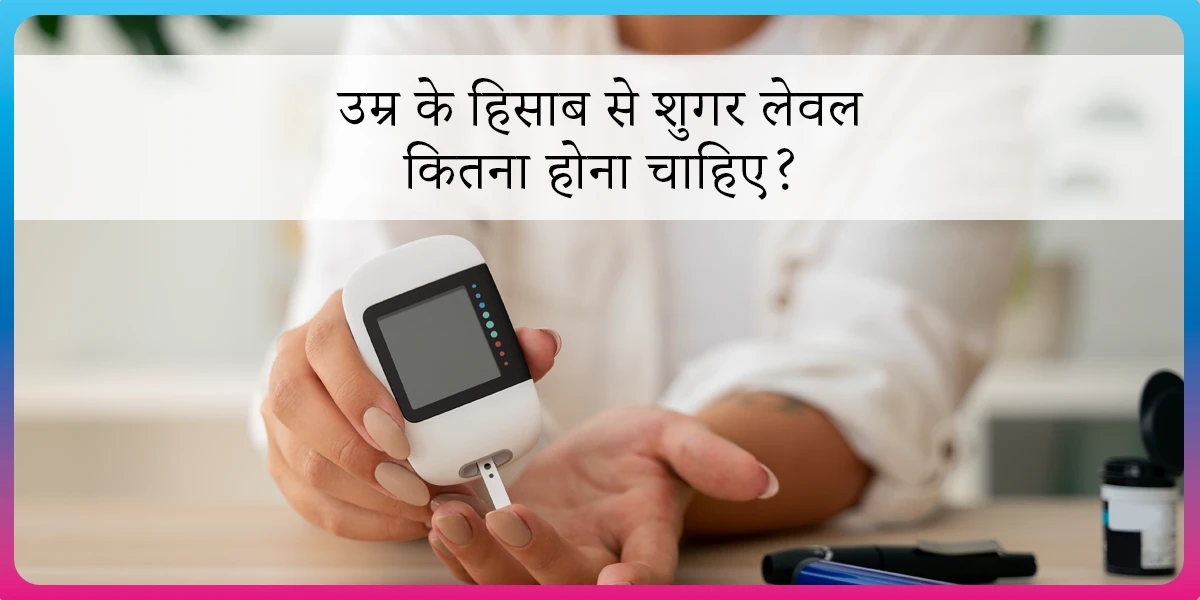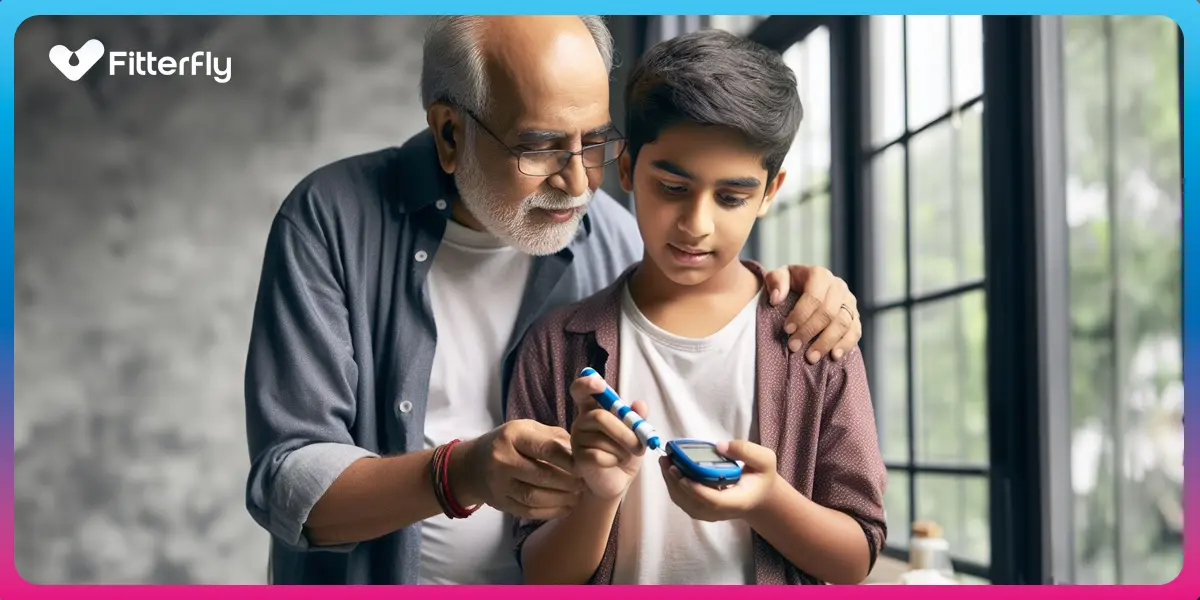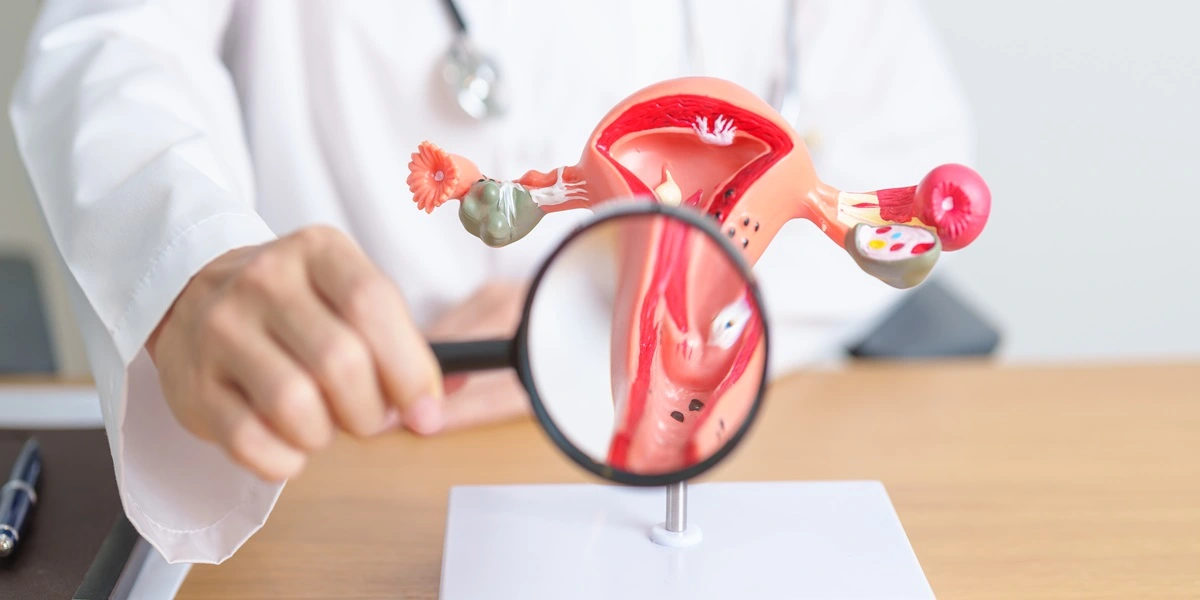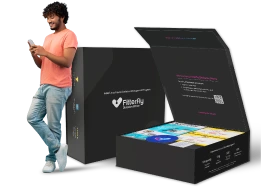Can Diabetes Be Reversed?
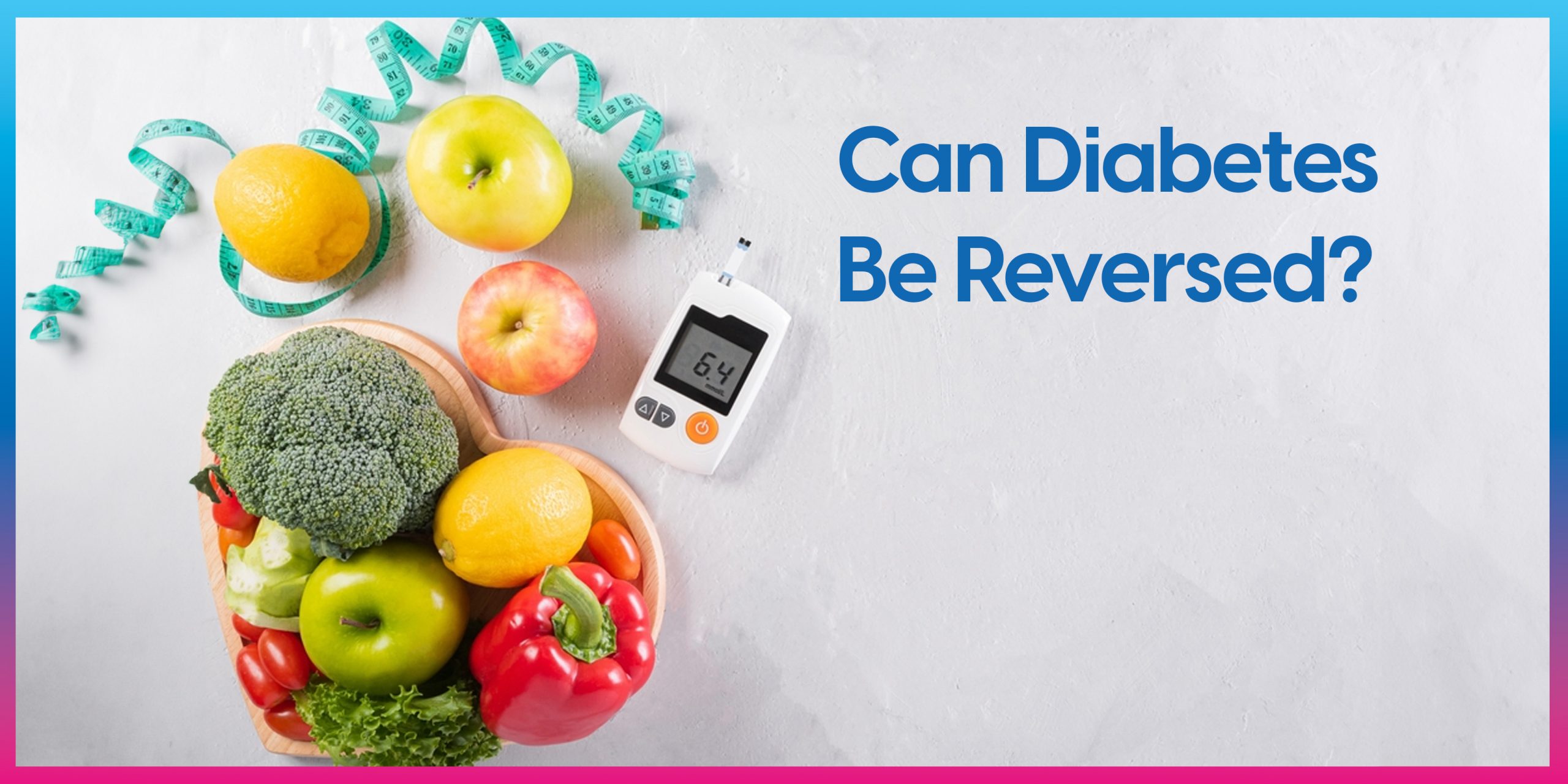
Insulin pricks, medications, anxiety over elevated blood sugar levels, and constant fear of its consequences: This isn’t an ideal life one can imagine. If you are living with diabetes, you know what we are talking about.
Diabetes brings with it some extra baggage that you cannot shrug off. This can take a toll on your well-being; we know that.
For most people living with diabetes, the one question that bothers them the most is –
Can diabetes be reversed?
Unfortunately, not all types of diabetes can be cured or reversed. However, in most cases, it is possible to effectively manage and even reverse the condition through straightforward adjustments to your diet and lifestyle. Yet, it’s important to acknowledge that this process is more challenging than it may initially seem.
Changing diet habits and bringing in a paradigm shift in your lifestyle calls for immense effort and dedication. But if you look at the bigger picture, motivation shouldn’t be difficult to garner.
In this article, we try to explore the different ways in which diabetes manifests, if it can be reversed, and how.
Types of Diabetes
Type I diabetes
This kind of diabetes is often diagnosed during childhood. It is an autoimmune condition where the immune system attacks the beta cells of the pancreas, which secretes insulin. Insulin is the hormone that helps in disseminating glucose throughout the body.
When food breaks down after metabolism, the end product is glucose, the ultimate energy source for the body. In the absence of insulin, glucose remains raised in the bloodstream, hence the elevated blood sugar reading.
People living with type I diabetes, who cannot make the hormone insulin on their own, will need insulin from external sources to help the body regulate the amount of glucose in the bloodstream.
Type I diabetes is neither curable nor reversible. However, it can be managed with insulin therapy and medications.
Type II diabetes
This kind of diabetes often strikes one during adulthood and results from an unhealthy lifestyle – living on a high-carb diet for years, a sedentary lifestyle, or some predisposed conditions like – obesity or being overweight, heredity, or genetics.
In type 2 diabetes, the insulin secreted by the pancreas might not be enough for glucose dissemination, or the cells of the body can become resistant to the insulin produced. In both cases, the amount of glucose remains raised in the bloodstream.
However, unlike type 1 diabetes, type 2 diabetes can be controlled through proper diet and lifestyle management. One can go into remission, which means one can control blood sugar levels and be off medications.
As we mentioned earlier, this calls for some effort, discipline, dedication, and proper guidance too, because it is not an easy task to reverse diabetes.
LADA: Latent Auto-immune Diabetes in Adults
LADA, also known as latent autoimmune diabetes in adults, is a unique form of diabetes that exhibits characteristics of both type 1 and type 2 diabetes. Some aspects of LADA resemble type 1 diabetes, while others resemble type 2 diabetes. Due to these distinct features, it is often referred to as type 1.5 diabetes or type 1 ½ diabetes.
Currently, LADA is not officially recognized as a separate classification of diabetes. However, ongoing medical research is being conducted to better understand its distinguishing factors in comparison to type 1 and type 2 diabetes.
MODY: Maturity Onset Diabetes of the Young
MODY, also known as maturity-onset diabetes of the young, is a rare type of diabetes that distinguishes itself from both type 1 and type 2 diabetes. It is characterized by a strong familial predisposition. The underlying cause of MODY is a specific mutation or alteration in a single gene.
If a parent carries this gene mutation, there is a 50 per cent chance of passing it on to their child. Regardless of weight, lifestyle, or ethnic background, if the child inherits the mutation, they are likely to develop MODY before the age of 25.
MODY stands out due to its genetic basis and its occurrence independent of external factors.
Diabetes Reversal
Calculator
To know your chances of Diabetes reversal, take the Diabetes Reversal Test
What you can do to reverse type 2 diabetes:
Keep a tab on your carbohydrate intake
While all kinds of carbohydrates can impact blood sugar levels, we cannot ban them entirely to reign control over diabetes. Choose your carbs wisely.
The thumb rule is to have more complex carbs over simple carbs. Also, how many carbohydrates you consume can affect your blood sugar levels. Studies have shown that having a low-carb diet can help to keep blood sugar in control. It also initiates weight loss which can help in the reversal of diabetes.
If you think that choosing foods meticulously is a task, we understand your concerns. However, unless you have in-depth knowledge about nutrition, it becomes difficult to make the right diet choices, mainly carbs.
This is why having an expert guide you and tell you what is right and what is not, makes a humongous difference in correcting diet habits and keeping blood sugars in control. At Fitterfly diabetes care program, our expert panel of nutritionists helps you to be on track with diet choices and make lifestyle changes that positively impact your well-being.
Lose weight the right way
Experts suggest that 5 to 10 per cent of weight loss can exponentially increase the chances of diabetes reversal. Done in a methodical and scientific way, weight loss helps to reduce your body fat percentage and melt the fat deposited around your major organs like the liver and the pancreas.
This improves glucose sensitivity and helps keep blood sugar readings under control. Even a 5 percent weight loss has a tremendous effect on diabetes management and improves chances of diabetes reversal, reveals a study.
In India, abdominal obesity, both in men and women, is a major concern and a reason for the alarming increase in type 2 diabetes. Fat around your middle will not melt like butter on a hot pan; it will need effort – systematic, scientific, and personalized.
Everybody is different and responds differently to different forms of exercise. Our physiotherapists at Fitterfly diabetes care program pay attention to every detail – medical history, fitness assessment, injury history – before helping you draft an exercise plan to lose weight to get a slimmer waist, and get blood sugars in place.
Act early upon your diagnosis
Reversal of type 2 diabetes also greatly depends on how far the condition has progressed and the implications. The earlier the condition is diagnosed and a proper treatment plan is devised the better.
As the condition progresses, it becomes difficult to control the related complications and makes it difficult for one to live without medication and insulin shots.
If the diagnosis comes within the initial years, it is easier to plan for diabetes reversal. As the condition progresses, the chances of reversal might be low. Still, with proper lifestyle modifications and diet changes, one can have better control over diabetes and need fewer medications for management.
However, if the condition affects any major organs like the kidneys, heart, or liver, a reversal might not be possible.
Is type 2 diabetes curable?
Since type 2 diabetes is reversible, it doesn’t mean that it is curable. The words reversible and curable are not interchangeable. With diabetes reversal, one can be in remission for more than five years, depending on how the condition is managed.
This doesn’t mean a cure; one needs to follow disciplinary lifestyle changes and diet practices for life long to keep the blood sugar levels in check. There is no natural cure for diabetes, but diet, exercise, and lifestyle modifications can go a long way.
An important aspect of diabetes management is lowering HbA1c or bringing it down by 6 per cent. Experts believe that people who can keep their HbA1c levels down without medication for at least 6 months (if your A1c level is between 4% and 5.6%) are said to have reversed their diabetes.
To know if you can reverse your diabetes, try our Fitterfly Diabetes Reversal Calculator, which will assess your chance of reversing diabetes by taking into consideration your age, gender, BMI, duration of diabetes, current medication, family history of diabetes, and other health conditions. The higher the score is, the better your chances of reversal.
FitterTake
Living with diabetes can indeed present challenges, but it’s essential to understand that effective management and even reversal of the condition are attainable for many individuals. Type 2 diabetes can be controlled through conscious dietary choices and lifestyle adjustments, which have the potential to lead to remission. However, it’s important to acknowledge that reversing diabetes requires significant effort, discipline, dedication, and professional guidance.
For more information about improving your lifestyle, you can use our diabetes reversal calculator.
At Fitterfly, we have developed Fitterfly Diabetes Care Programs that are specifically designed to help people reverse diabetes through a personalized and multidisciplinary approach. Our programs offer a practical and reliable approach from a team of specialists, including a Nutritionist, a Physiotherapist, and a Psychologist.
With their expertise and support, we strive to empower individuals to take control of their diabetes and work towards reversing it. We suggest using our app to obtain more information about your health.
If you are looking for a smart and comprehensive approach to managing your diabetes, speak with one of our counselors.
This blog provides general information for educational and informational purposes only and shouldn't be seen as professional advice.
Fitterfly's Diabetes Prime Program
clinical term for Diabetes Reversal





 References
References